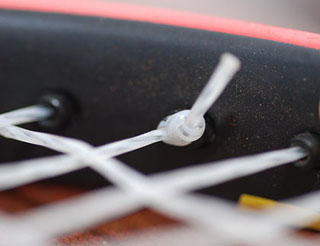Course Description
Studies synthesis of polymeric materials, emphasizing interrelationships of chemical pathways, process conditions, and microarchitecture of molecules produced. Chemical pathways include traditional approaches such as anionic polymerization, radical condensation, and ring-opening polymerizations. Other techniques are …
Studies synthesis of polymeric materials, emphasizing interrelationships of chemical pathways, process conditions, and microarchitecture of molecules produced. Chemical pathways include traditional approaches such as anionic polymerization, radical condensation, and ring-opening polymerizations. Other techniques are discussed, including stable free radical polymerizations and atom transfer free radical polymerizations (ARTP), catalytic approaches to well-defined architectures, and polymer functionalization in bulk and at surfaces. Process conditions include bulk, solution, emulsion, suspension, gas phase, and batch vs. continuous fluidized bed. Microarchitecture includes tacticity, molecular-weight distribution, sequence distributions in copolymers, errors in chains such as branches, head-to-head addition, and peroxide incorporation.
Acknowledgements
The instructor would like to thank Karen Shu and Karen Daniel for their work in preparing material for this course site.
Course Info
Learning Resource Types











